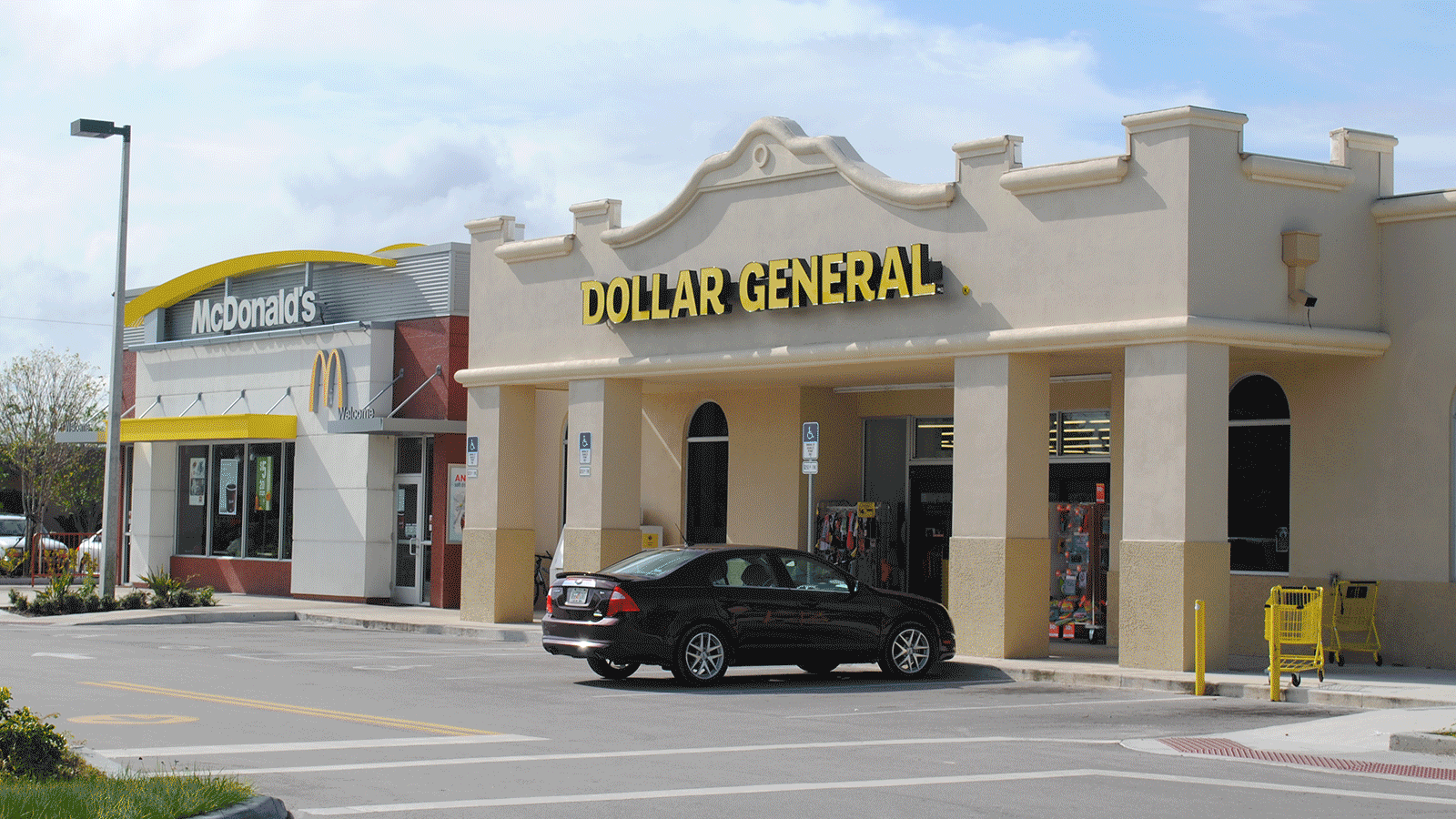Developers often have to jump through hoops to get their projects approved by a city. When a Costco branch in California was faced with lengthy waiting periods and public debate, it decided to take a different approach: adding 400,000 square feet of housing to its plans so it qualified for a faster regulatory process.
Read MoreA catalytic project has been proposed for downtown South Bend, IN: a mixed-use district that would include hotels, apartments, and commercial uses.
Read MoreWhen trees get cut down to make way for new development, it can raise people’s hackles. But here’s why we can embrace both infill development and still care about our urban trees.
Read MoreIf your city, like so many others, needs more housing and fast, then here’s a way some places are streamlining the process.
Read MoreIt’s election season, and whom your community chooses for local office goes a long way to determining what path it takes in regards to development. Here are the questions you should be asking your candidates.
Read MoreBy changing a single word in its parking code, Norman, OK, was able to slow the spread of parking lots and remove a major barrier to entry for small developers.
Read MoreIn today’s cities, governments sink millions of dollars into public investments before securing any taxable private wealth to fund said investments. This is a financial risk we can’t afford to continue taking on.
Read MoreAre they a fountain of mixed-use opportunity or a financial drain for cities?
Read MoreWhen a housing complex in Milwaukee's downtown was set aside in favor of building storage units, instead, this local wasn't just disappointed: he's alleging the plans shouldn't have been approved, in the first place.
Read MoreThe process of getting a new development approved often yields results that make no one happy. However, there is an opportunity here to be more assertive about your community’s vision.
Read MoreMany agree that encouraging residential construction in underutilized urban areas is a good idea, but here’s why turning an office building into an apartment isn’t always so easy, in practice.
Read MoreWhat exactly is “by right” development, and how might it not match what’s actually built in your community?
Read MoreToo many neighborhoods have a demand and need for additional housing, but builders believe there's not enough existing lots to build on. Here's how to demonstrate otherwise.
Read MoreDevelopers and builders often ask the same question: “What can I build on x lot?” But what is it that they’re actually looking for, and how can the urban planners they work with help them make the most of a given space?
Read MoreWhite Flint, MD, presents a great case study for how a community can begin shifting the conversation on its transportation infrastructure and development pattern.
Read MoreCalculating the 100-year lifecycle costs of new development shouldn’t be an obscure process, and the province of British Columbia, Canada, has created a tool to help its communities do exactly that.
Read MoreA recent report from Smart Growth America highlights the extent to which zoning laws (in a staggering percentage of U.S. communities) stifle our ability to create walkable, human-centered places.
Read MoreZoning restrictions in this Minneapolis suburb have rendered much of its original development in violation of its current rules. The city’s leadership is looking to change that.
Read MoreA troubled project in Mission, KS, speaks to the problems with large, single-developer projects—but also why fixating on the "bad developer" narrative isn't necessarily helpful.
Read MoreThe Conservancy of Southwest Florida has done the math on a proposed development in rural Collier County, FL, and what they discovered enabled them to take a large-scale developer to court.
Read More



















